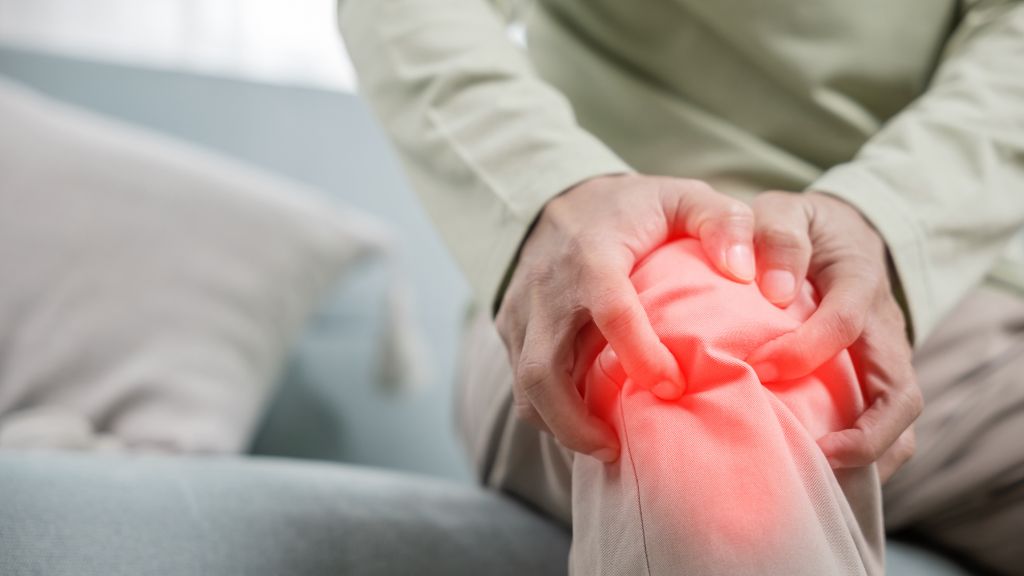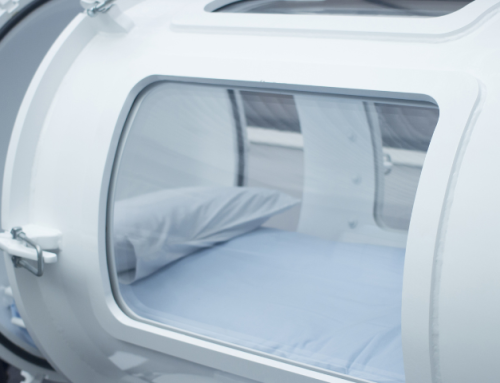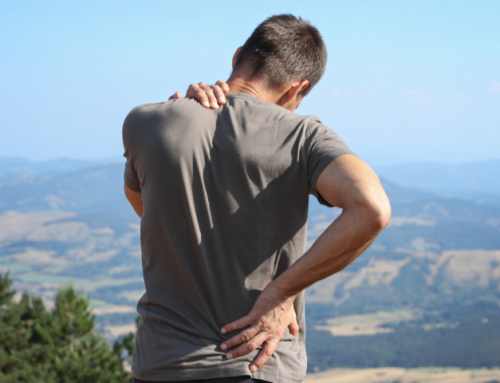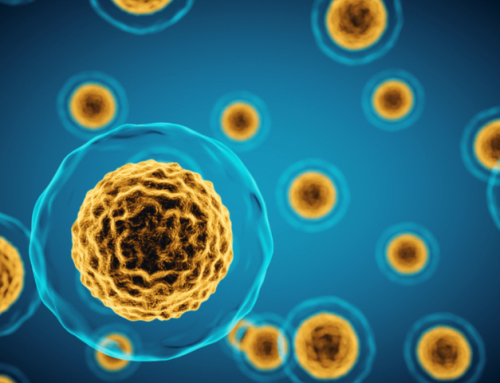Arthritis impacts millions of people globally, causing reduced joint mobility, stiffness, and pain. While managing this condition can be challenging, proactive measures can help you recognize its onset and manage its symptoms.
One of the most common types of arthritis is Osteoarthritis (OA). It’s also called wear-and-tear arthritis or degenerative joint disease, in which your joints wear away. Our bones are covered by cartilage towards the ends and work like a cushion.
If there is too much cartilage worn down, bones rub against each other, causing inflammation and difficulty in movement. OA most commonly affects the spine, hips, knees, and hands.
With age, the probability of getting OA increases as the cartilage breaks down. It’s especially common in women who experience menopause because their bodies stop producing estrogen, which helps the bones grow. owever, OA can also be inherited.
OA has no cure, but you can manage and reduce the symptoms. There are several preventive measures and lifestyle changes you can make to slow the course of Osteoarthritis.
Let’s look at some of these measures and tips for maintaining joint health and reducing the risk of OA.
If you are currently battling Osteoarthritis, transform your joint health with our ANCR Articulate protocols at Anchor Restorative Medicine. Schedule your appointment with us to discover the benefits of our innovative approach.
The most common risk factors for Osteoarthritis
The chances of developing osteoarthritis increase with age because of the natural joint tear. People who have suffered joint injuries like ligament tears and fractures are also more prone to osteoarthritis as the industry speeds up the cartilage breakdown.
Obesity is another common factor, especially in weight-bearing joints like hips and knees. It accelerates joint stress and leads to an increase in cartilage degeneration and the risk of developing the condition.
Genetics also play a big role in osteoarthritis risk as the family history of the condition increases the chances of developing it. There are several genetic factors like weakness in cartilage and joint abnormalities may make people more susceptible to osteoarthritis.
Another significant factor is gender, as Osteoarthritis is increasingly prevalent in women, particularly after menopause. The hormonal changes linked with menopause add up to the development of Osteoarthritis in women
Other common factors are muscle weakness, joint deformities, and several health conditions like metabolic disorders and rheumatoids.
Preventive Care for Osteoarthritis
First things first: Keep a healthy body weight
Obesity is one of the biggest risk factors for Osteoarthritis. According to the National Health and Nutrition Examination Survey (NHANES), obese women are more likely to have OA as compared to nonobese women. The risk for obese men is also five times greater than it is for nonobese men.
If you are overweight, your joints face extra strain. This is especially risky for those who bear the weight of the body like joints of the feet, hips, and knees, which result in cartilage wear down.
About a 5% decrease in body weight may bring down the stress on your lower back and hips. Research estimates that obese women who lost about 11 pounds decreased their chances of OA by 50%. On the other hand, weight gain was related to a greater risk of developing knee OA later in life. This means that even a 5% decrease in weight will help you manage the symptoms.
Stay Active
Research also shows that you have an increased chance of knee osteoarthritis if your thigh muscles are weak. The good news is even a slight increase in muscle strength can reduce the risk of Osteoarthritis.
Wall slides and Isometric moves can help you in achieving this, but if you are afraid of joint pain post-experience, the use of cold and heat pads on the joints of pain relievers will be useful. Remember that the safest exercises are the ones that place minimum body weight on the joints, including water exercises, swimming, and bicycling.
Another good option is weight lifting, but if you already have osteoarthritis, it’s better to speak with your doctor first.
Take Joint Injuries Seriously and treat them ASAP!
Suffering a joint injury as an adult, even if it may look minor, can put the joint at a greater risk. According to a study of 1000 graduates of Johns Hopkins Medical School, those who injured a knee at a young age were three times at more risk of developing osteoarthritis in that knee as compared to those who had not suffered an injury. To avoid joint industry during sports and exercise, the following is recommended by the National Institute of Arthritis and Musculoskeletal and Skin Diseases
- Make it a habit of doing warm exercise before sports.
- To avoid stretches, make sure you keep your feet as flat as possible
- Try to land with bent knees when jumping
- When doing the half knee bends, make sure you don’t bend your knees past 90 degrees.
- Wear the right sports shoes
- Avoid running or exercising on concrete surfaces
If you suffer a joint injury, you must get urgent medical treatment and take measures to avoid further pain, like using a brace to stabilize the joint.
Practice Good Posture
Maintain a good posture to reduce the risk of developing Osteoarthritis and ensure joint health. Good posture includes aligning the body in a manner that reduces the strain on joints, ligaments, and muscles. Here are our recommendations for good posture:
- Align your neck and head with your spine to keep them in a neutral position.
- While sitting or standing, maintain a neutral spine, and preserve its natural curves without excessively arching.
- Keep your knees bent slightly and aligned with your ankles and hips. This is to make sure you do not lock them and end up straining your knee joints.
- Take breaks regularly to stretch and change positions if you spend a long period sitting at a computer or desk.
- Use chairs and cushions as ergonomic support to encourage proper spinal alignment.
By making it a habit to practice these, you can maintain a good posture that supports joint health and minimize the risk of joint-related issues like Osteoarthritis. Remember that a good posture doesn’t only improve your physical health but also adds to your overall body alignment and well-being.
Maintain a healthy diet
While no particular diet has been proven to present osteoarthritis, several nutrients are related to a reduced chance of developing the disease. For example Omega-3 fatty acids aid in reducing joint inflammation. Some of the good sources of Omega-3 fatty acids include nut oils, canola, walnuts, soybeans, fish oil, olives, and flax seeds.
Similarly, vitamin D supplements help in managing and decreasing knee pain in people who are suffering from osteoarthritis. You can add more vitamin D to your diet by eating fatty fish meals like sardines, tuna, mackerel, and also cereal and eggs.
Managing Pain with Innovative Biologic Therapy For Joint Wellness
One of the most innovative Osteoarthritis pain management therapies is the Biologic Therapy for Joint Wellness which is a cutting-edge approach that uses biological substances PRP (Platelet-Rich Plasma) or stem cell therapy to reduce inflammation, promote healing, and improve joint health. This therapy makes the most of the body’s natural healing process to cater to joint issues.
To discover more about this approach for your joint health or to book an appointment, you can reach out to us. Our clinic is conveniently located at 1329 W. Walnut Hill Ln STE 102 in Irving, TX, where we are committed to delivering advanced care for your joint wellness.
FAQs
How is Osteoarthritis diagnosed?
Osteoarthritis is typically diagnosed based on a combination of medical history, physical examination, and imaging tests such as X-rays or MRI scans.
What are the complications of Osteoarthritis?
Complications of Osteoarthritis may include chronic pain, joint deformities, reduced mobility, and decreased quality of life.
Is there a cure for Osteoarthritis?
There is currently no cure for Osteoarthritis, but treatment can help manage symptoms and improve joint function.






